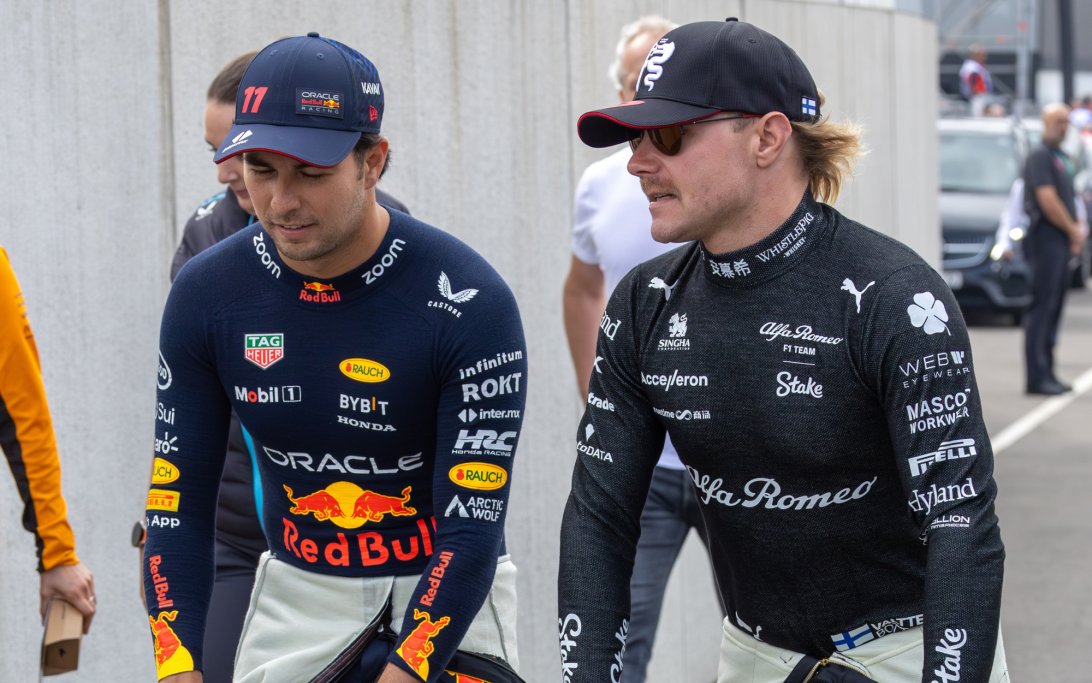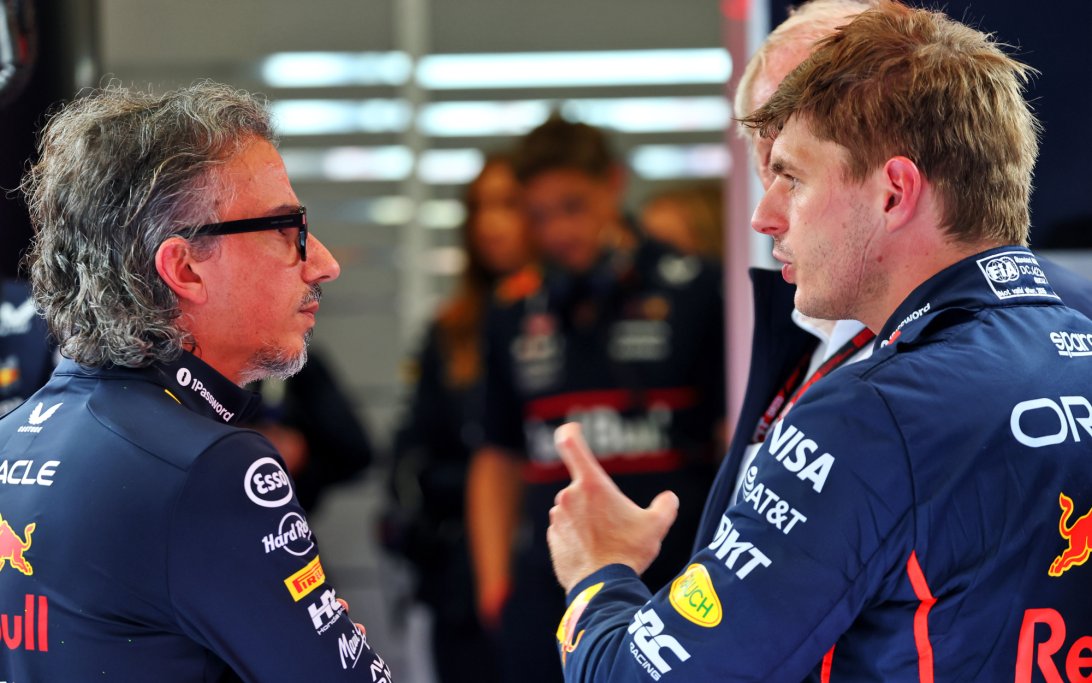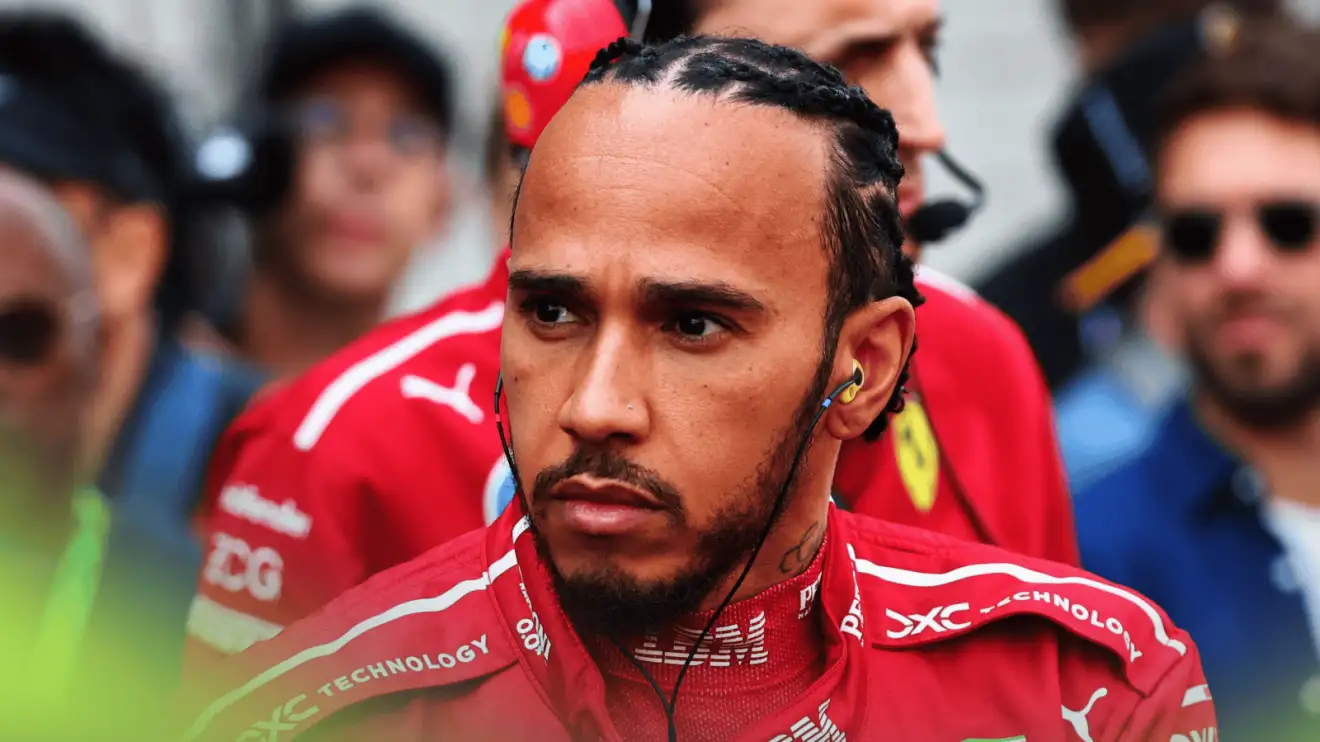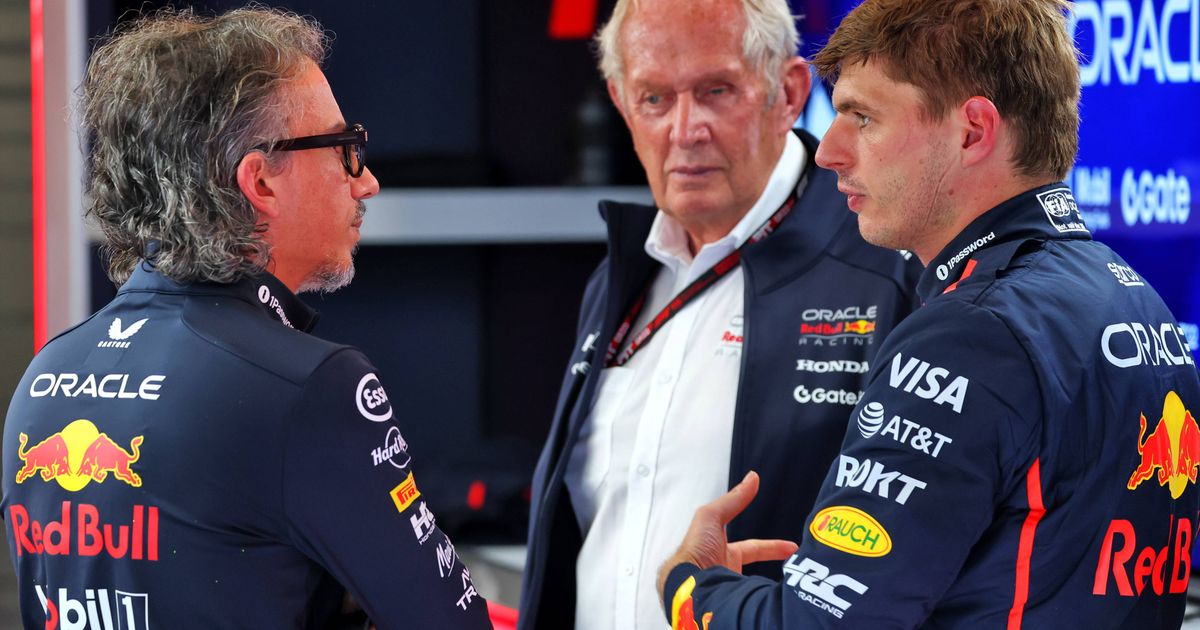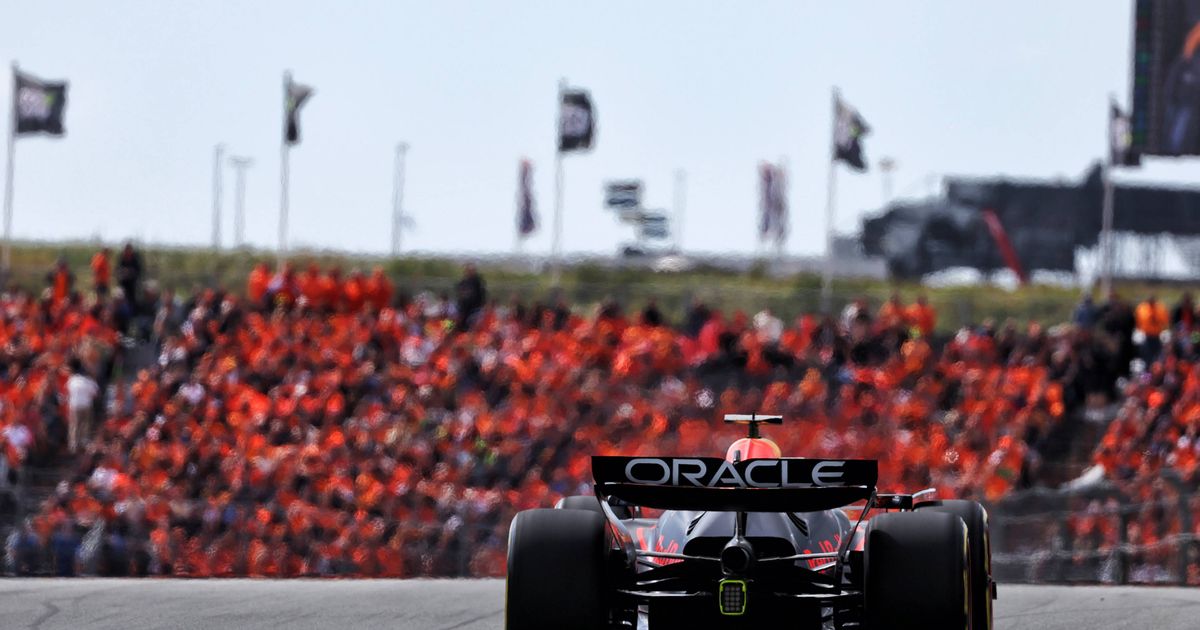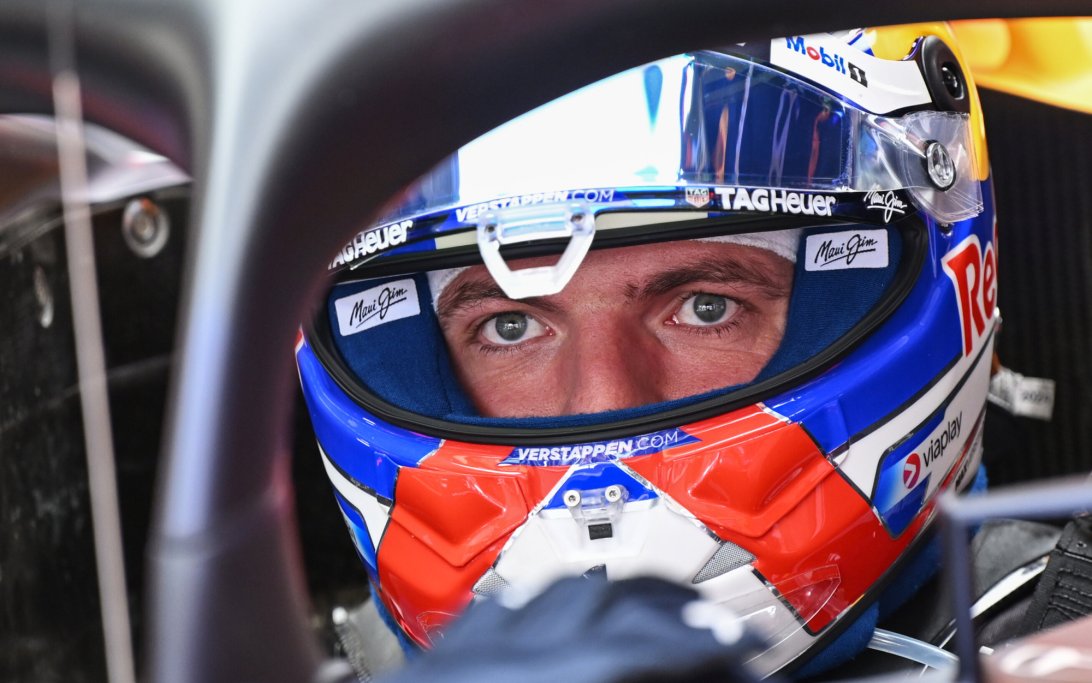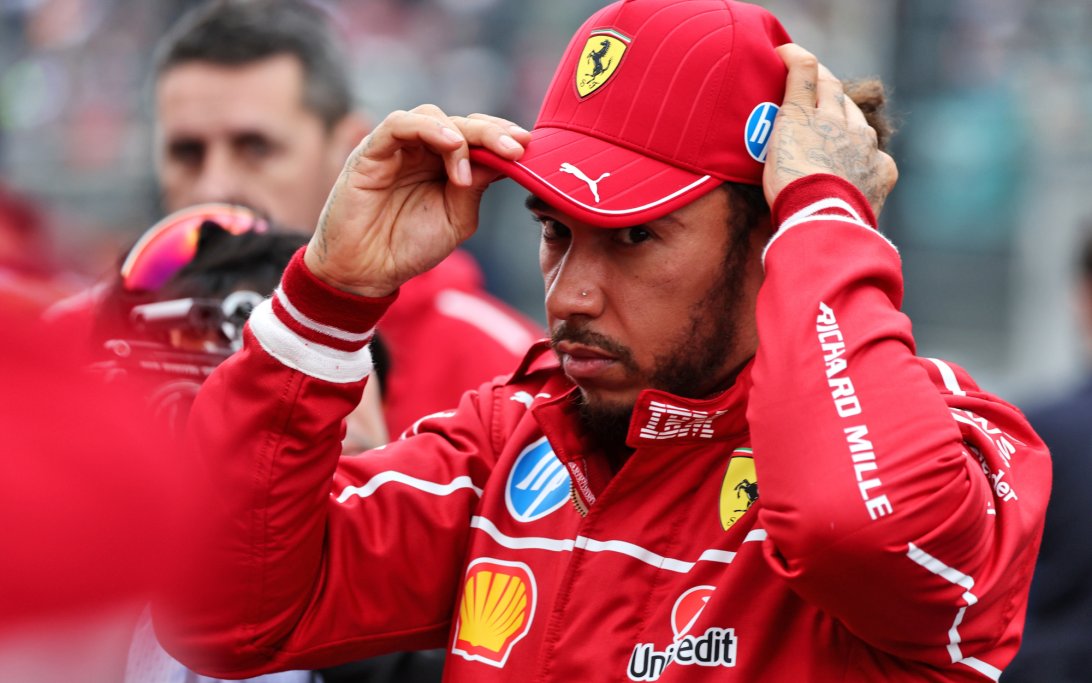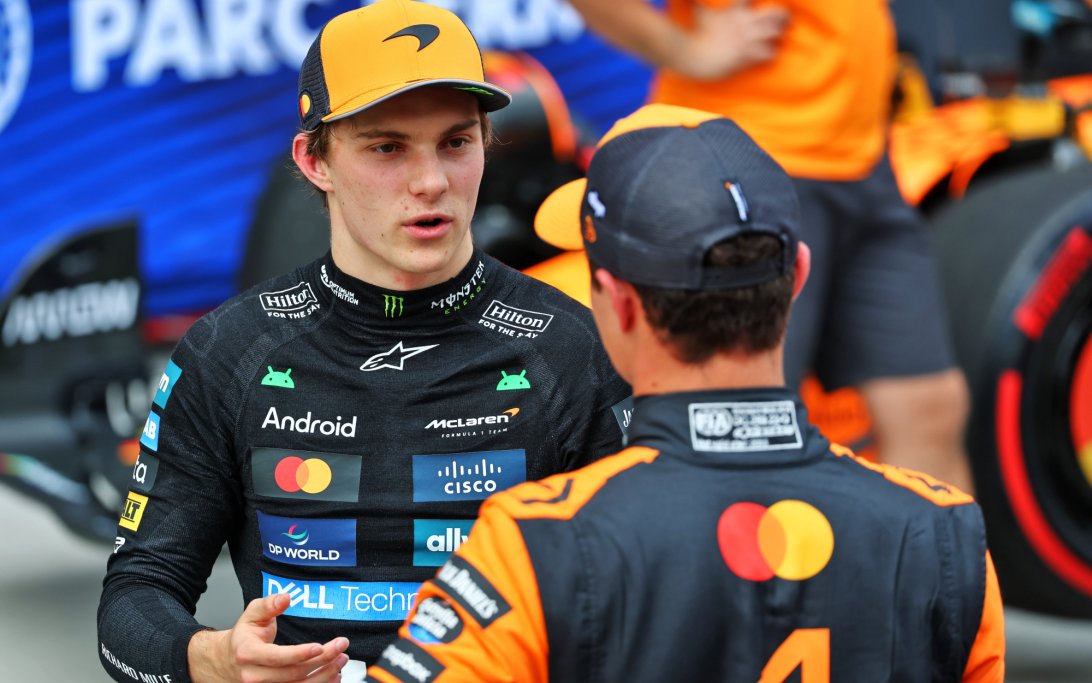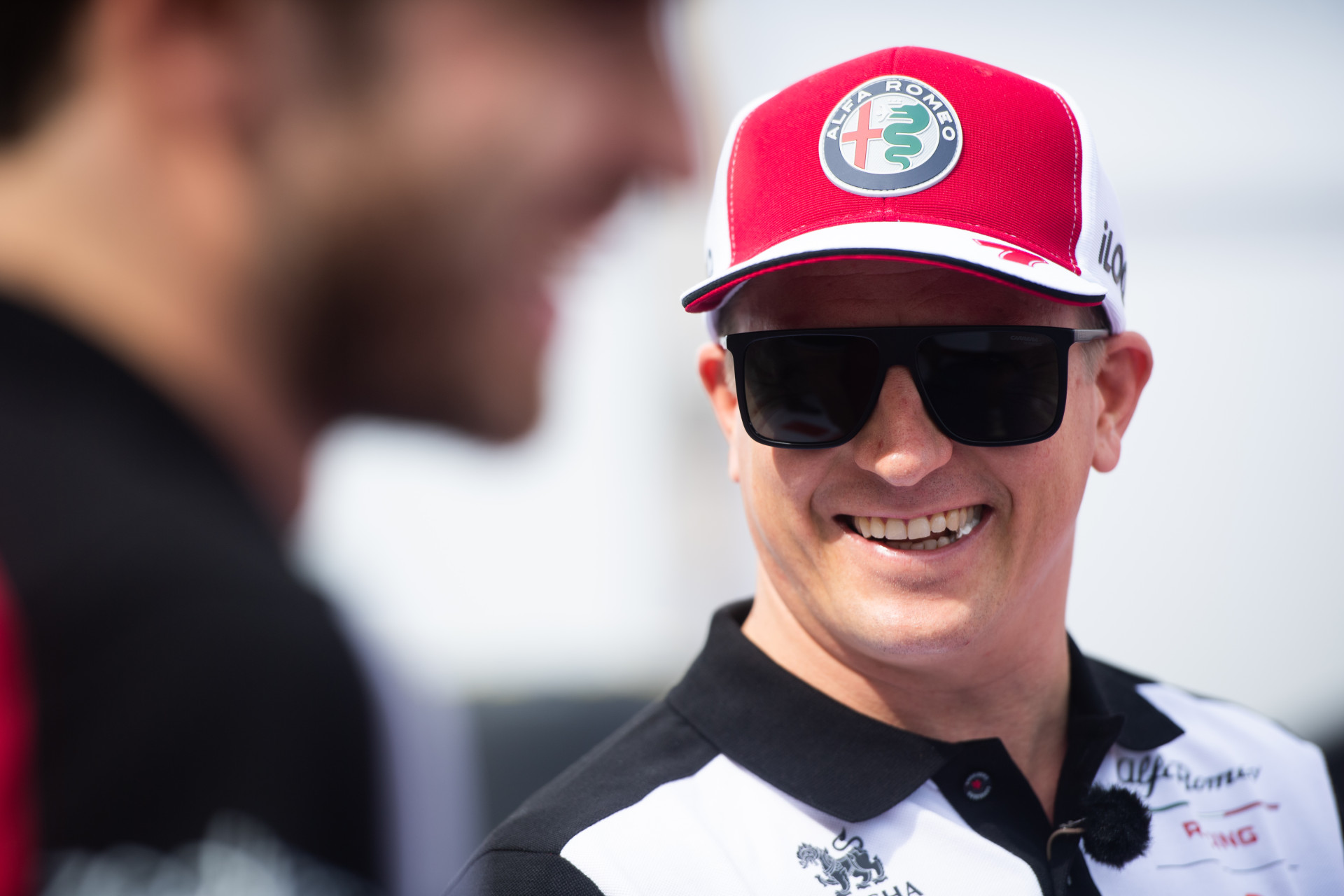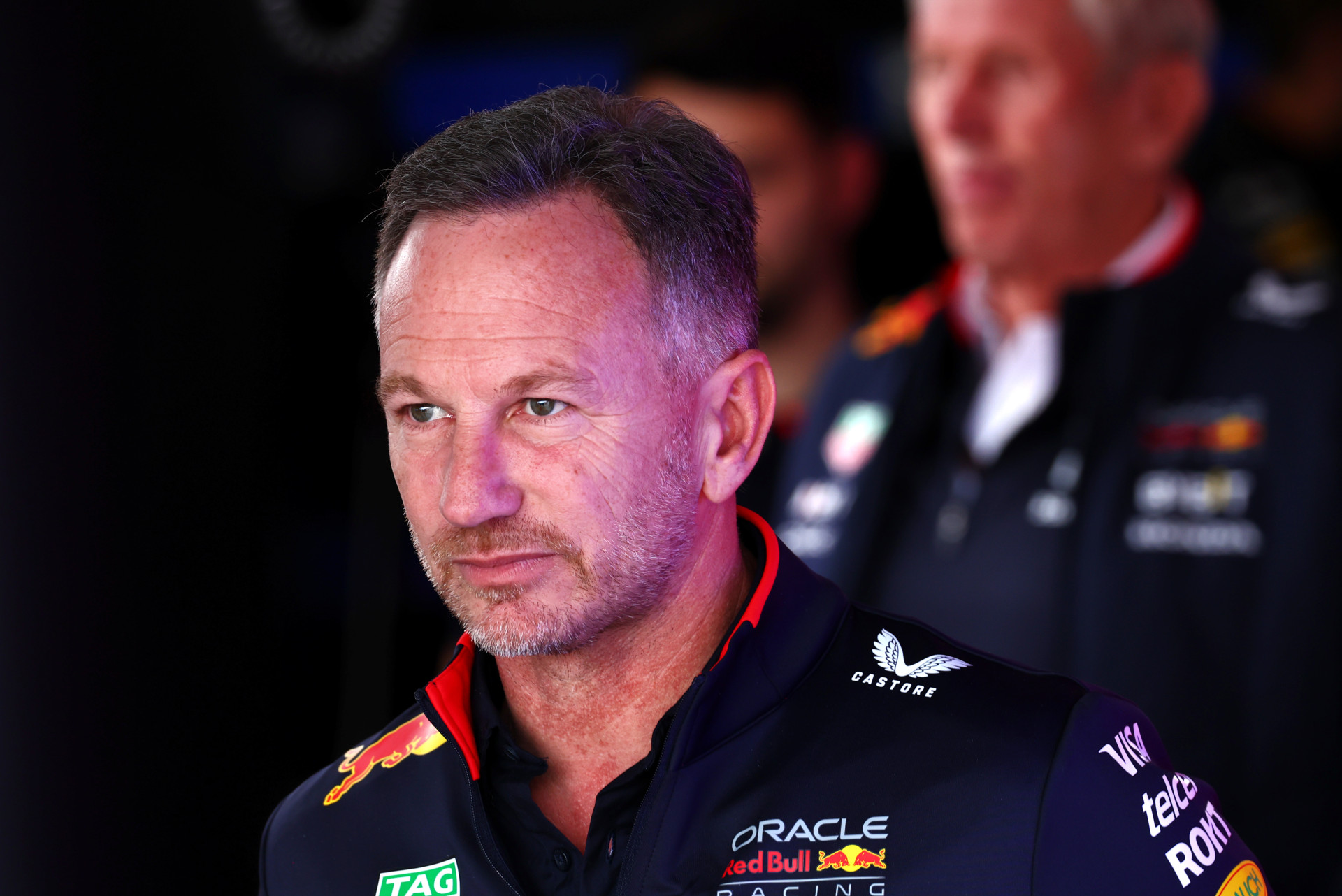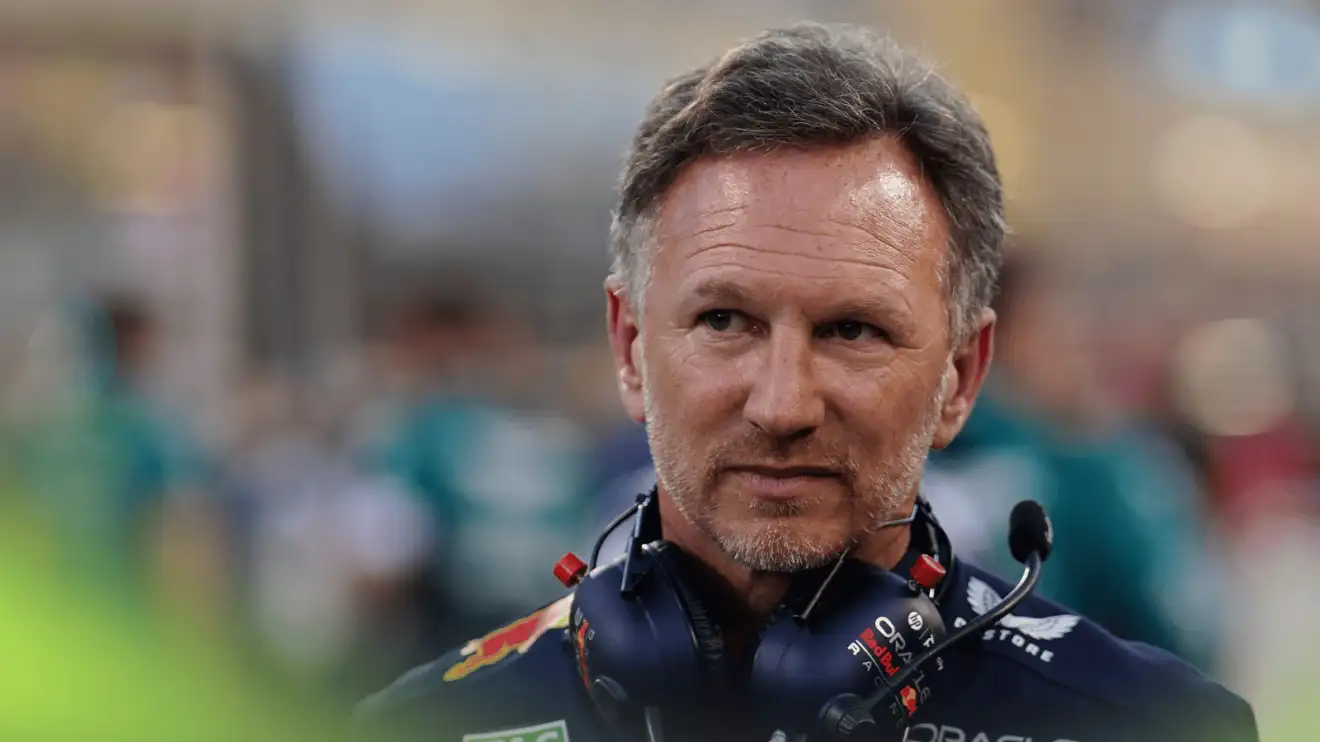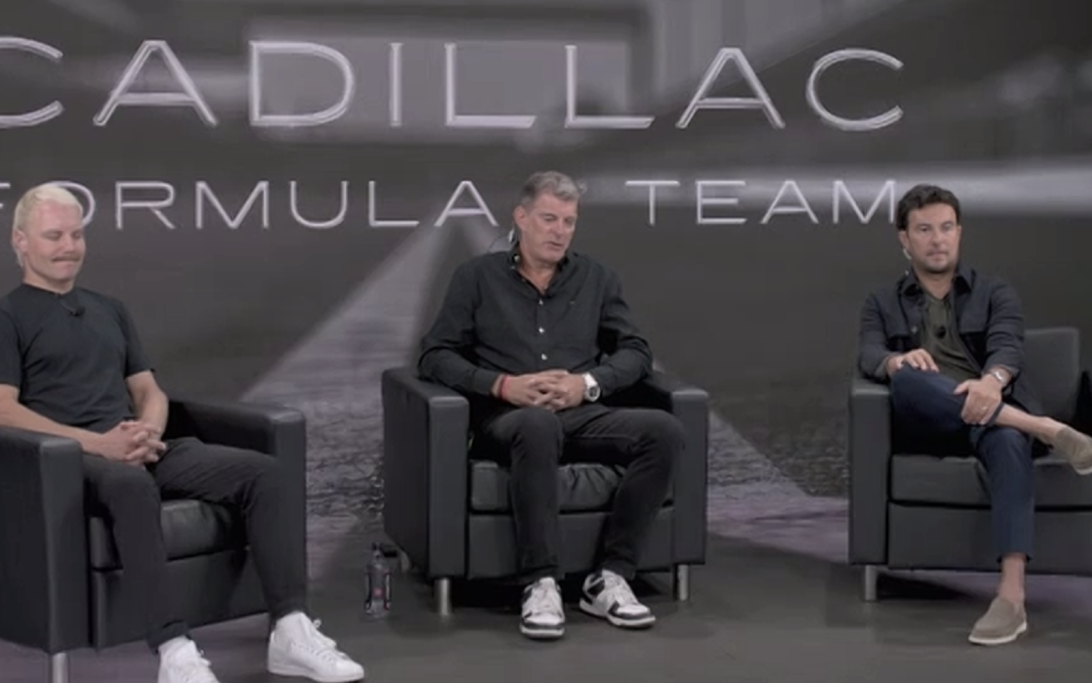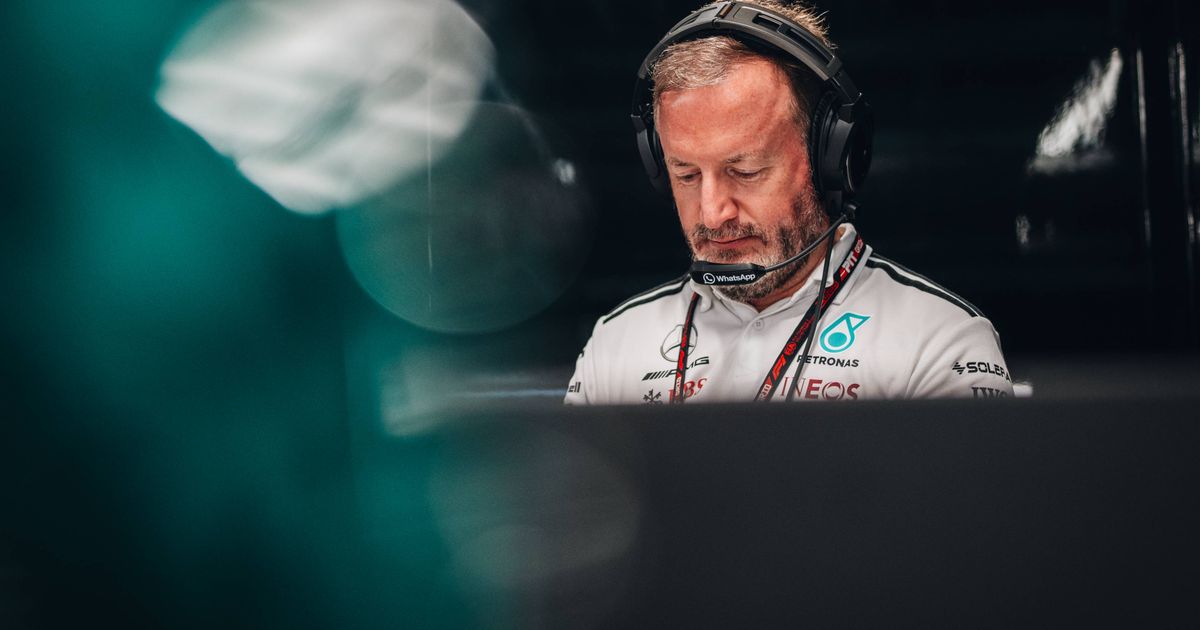Mercedes team representative Bradley Lord addresses the concerns surrounding the new 2026 Formula 1 regulations, drawing parallels to the highly criticized 2014 hybrid engine introduction. Despite initial fears, the hybrid era produced some of the sport's most epic seasons, including 2021.
Why it matters:
Lord's comments offer a reassuring perspective amid simulator worries, suggesting that early resistance to major rule changes is a normal human reaction. He emphasizes that the regulations are still being fine-tuned to ensure an entertaining and compelling spectacle, not a step backward for F1.
The big picture:
Many in the F1 paddock express reservations about the projected speed and handling of the 2026 cars, which will feature a 50/50 split between internal combustion and electric power, along with active aerodynamics. This sentiment echoes the widespread skepticism when hybrid engines were first introduced, which ultimately led to a dominant Mercedes era and intense rivalries.
What's happening:
Lord highlights that the development is an ongoing process, with significant progress made weekly in simulations. Drivers, including Valtteri, are actively involved, providing feedback that helps refine the regulations. He states that while the cars will feel different, they will quickly become familiar to drivers, allowing them to focus on performance extraction and optimizing lap times.
Looking ahead:
Mercedes believes that by 2026, F1 will still deliver the high-octane racing fans expect. Lord sees the transition as a shared journey for all stakeholders and fans to understand the evolving sport. He reassures that when the lights go out in Melbourne 2026, it will still be Formula 1, with drivers fighting fiercely for victory.


